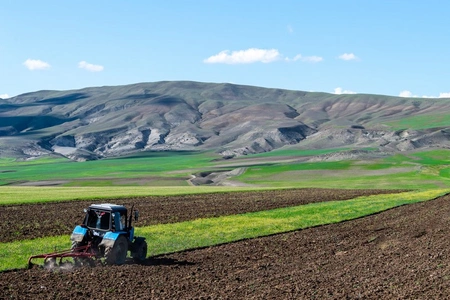14 REGIONS - UNITED AZERBAIJAN: every inch of land now participates in economic dev't
- 17 July, 2021
- 15:12
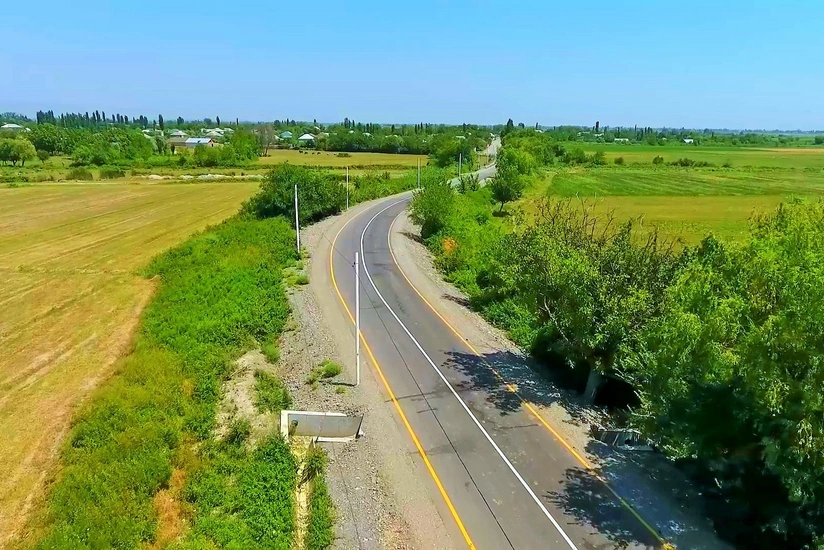
Territorial, political, and now economic integrity - the historical decree of President Ilham Aliyev on the new division of Azerbaijan's economic regions put an end to the centennial injustice of the division of Karabakh into "upper" and "lower." Creation of the Karabakh region, which included the city of Khankendi, as well as Agjabadi, Agdam, Barda, Fizuli, Khojaly, Khojavend, Shusha, and Tartar districts, and the return of the original toponym Zangazur to the lands uniting Jabrayil, Kalbajar, Lanchin and Zangilan, are, undoubtedly, of exceptional importance from the point of view of the final proclamation of the unity and indivisibility of Azerbaijan.
However, at the same time, this document is a new strategy for a single and interconnected economic development of Azerbaijan, with new goals and objectives, and most importantly, with new opportunities.
Optimizing management
The new division has 14 economic regions instead of 10 existing ones. According to the presidential decree, now there are the following economic regions in Azerbaijan: Baku, Nakhchivan, Absheron-Khyzy, Mountainous Shirvan, Ganja-Dashkasan, Karabakh, Gazakh-Tovuz, Guba-Khachmaz, Lankaran-Astara, Central Aran, Mil-Mughan, Shaki-Zagatala, East Zangazur, and Shirvan-Salyan.
Of course, enough time has passed since the last economic zoning of Azerbaijan (1995) to determine each region's economic potential and the most effective development conditions for it. Therefore, adjustments to the previous scheme were necessary in any case. For example, with these considerations, the city of Baku is now separated from the Absheron economic region - the fact that most of the enterprises and businesses are concentrated in the capital makes it difficult to objectively assess the potential of the Absheron district and identify shortcomings and gaps.
However, the most crucial impetus for reforms in economic zoning was undoubtedly the victory in the Second Karabakh War, the return of the occupied territories to the republic's economic balance, and the need for their restoration and reintegration into the overall picture of the country's economic development. This, in turn, required an increase in the efficiency of planning work in other economic regions, including the nearby Ganja-Gazakh and Aran regions. In this regard, their management is optimized by the new division.
Thus, it can be expected that the distribution of capital investments from both the state and the private sector will now be carried out according to a new planning scheme, taking into account coordination between various sectors of the economy, creating new production chains in which all regions will be involved.
One of the main documents, which plans a five-year cycle of the country's economic development, is the state program for the socio-economic development of Azerbaijan's regions. Thanks to this program, the share of total regional tax revenues in the non-oil sector has doubled compared to 2005 and reached 15%. The last such program was approved in 2019 and will be valid until 2023. Investments in its implementation were expected to amount to 17.4 billion manats and create 12,000 new jobs...
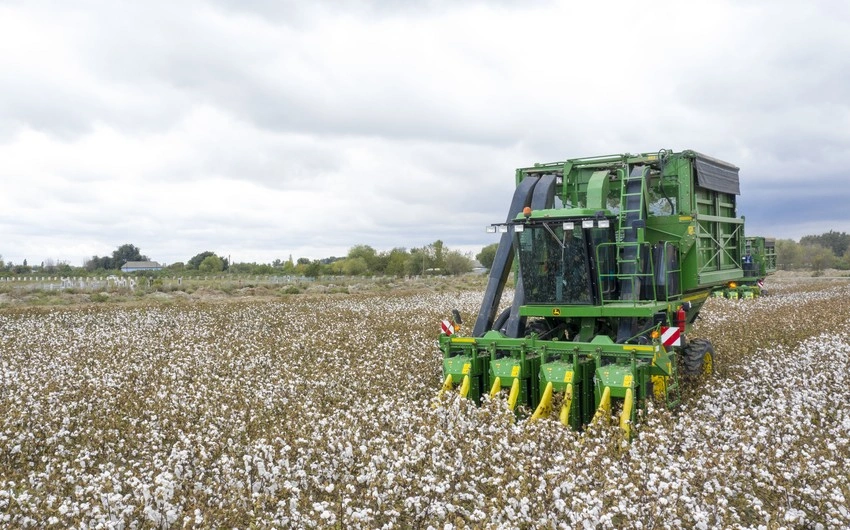
However, the pandemic, and then the war in Karabakh, radically changed the situation, opening up new facets and directions for economic development - a conceptually new period in regional politics began. The branches of agriculture, industry and tourism, etc., which were emphasized in the previous stages, will certainly be supplemented by new ones. After all, the opening of transport communications seriously affects the export opportunities of the entire country, stimulating the private sector to increase production volumes.
Global goals
To get a clearer idea of what exactly this is about, we can cite the figures published by the MP Vugar Bayramov: the share of Karabakh in the production of the main sectors of the economy last year was only 0.7%, and the former Kalbajar-Lachin economic region - even 0.1%. But the economic potential of only these two districts can be compared with Baku!
Apart from the livestock and agriculture traditional for all regions of Azerbaijan (the natural conditions of Karabakh have historically contributed to good results in all areas of these two sectors), these regions have a rather impressive industrial and tourism potential, rich mines of precious metals, mineral deposits, medicinal waters, etc. Detailed analysis and calculation of economic opportunities are still being conducted as much access of specialists to the liberated territories as possible. Still, even the data available suggest that after IDPs' return, the regions will be able to achieve the level of self-reliance and self-sufficiency of investments in a fairly short time.
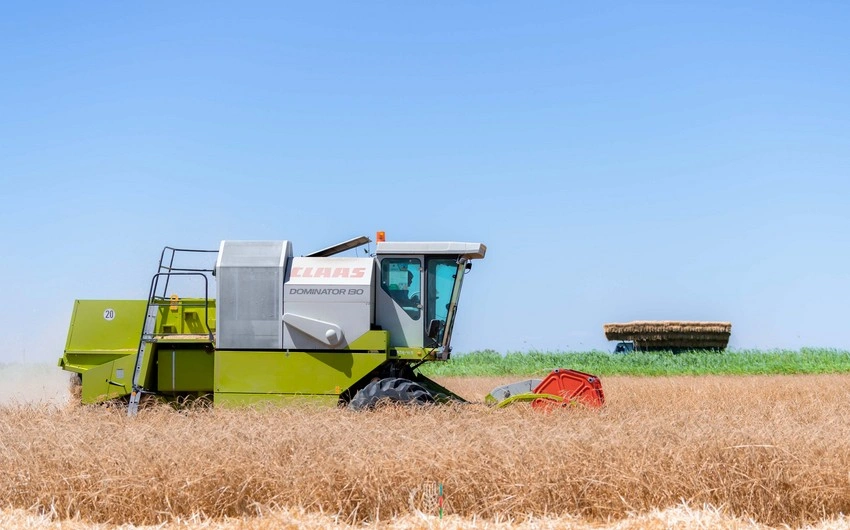
But, speaking globally, all this, of course, will have a positive effect on the state budget of the country, and most importantly, will bring non-oil revenues.
Even more globally - given the prevalence of the green economy principles in these regions, they will undoubtedly attract investors from all over the world, for whom environmental friendliness is essential in the production process.
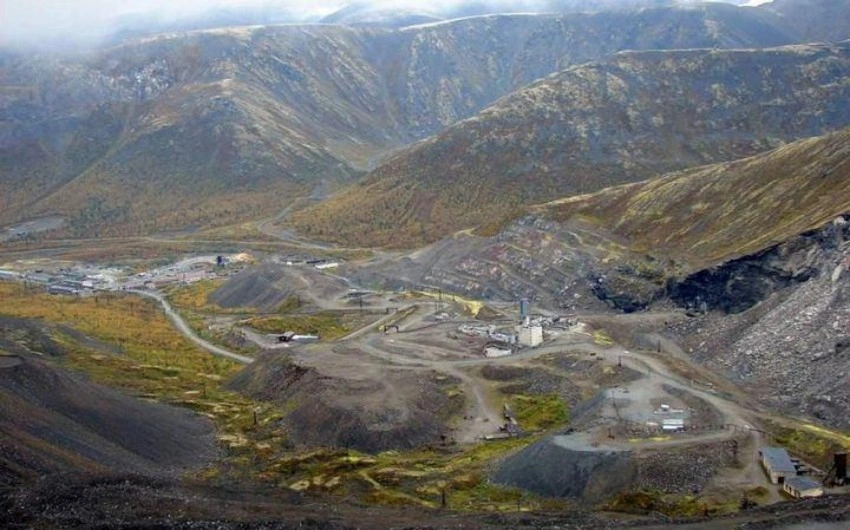
Besides, Eastern Zangezur will become a continuation of the Zangezur corridor in a way. With the corridor's commissioning, Azerbaijan will practically turn into a transport hub in the region. It will connect entrepreneurs from different parts of Azerbaijan and neighboring countries, allowing them to create production chains and enter world markets.
Thus, 14 new regions of Azerbaijan are new opportunities, new projects, new investments, and new income for the country. The main thing now is to successfully complete the process of infrastructural restoration of the liberated territories and quickly launch the revival of their economic potential.
Expert Gulu Nuriyev
